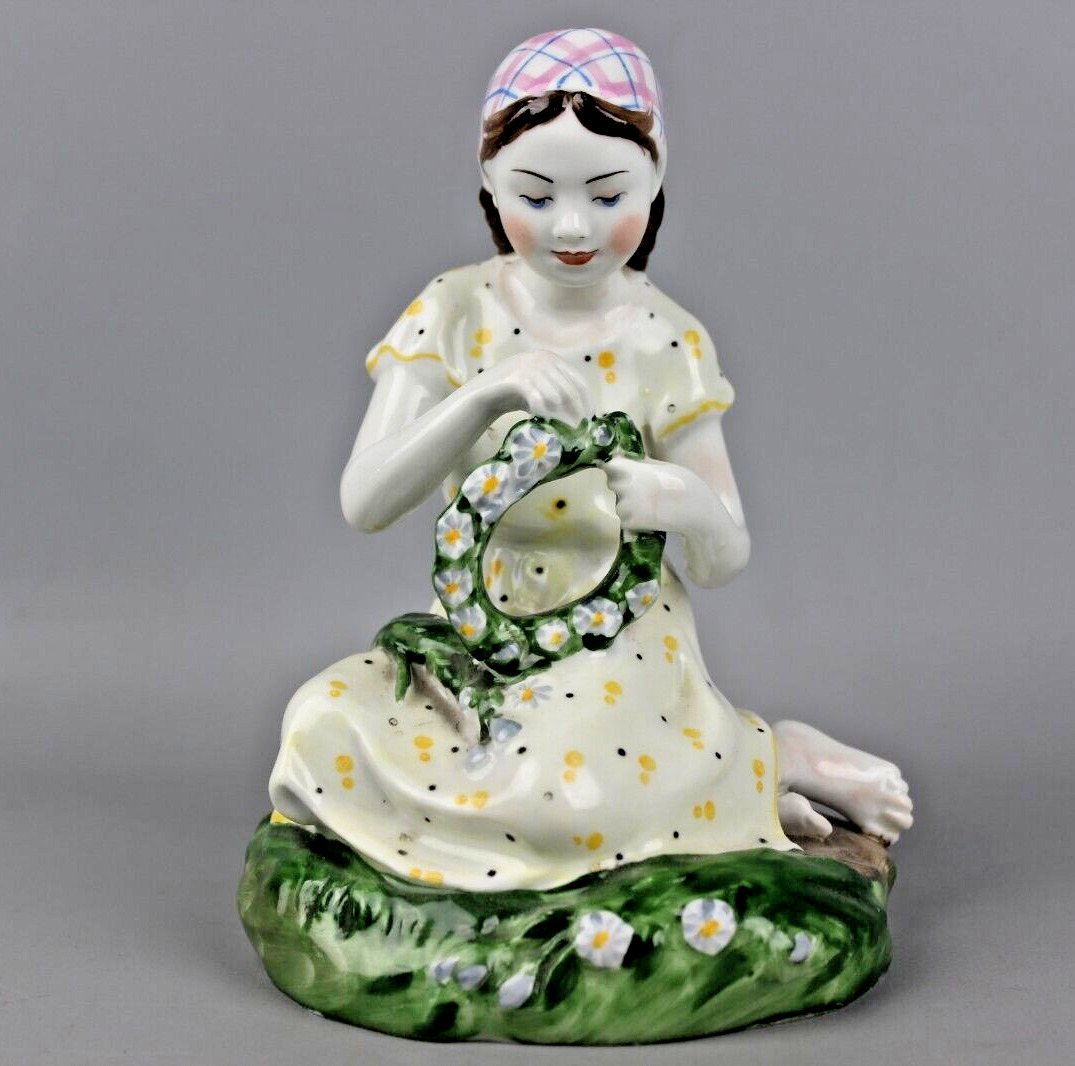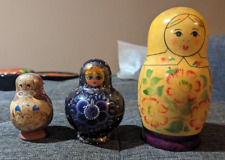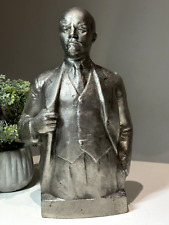Vintage Soviet Porcelain Figurine LFZ Gerl USSR Lomonosov Factory For Sale

When you click on links to various merchants on this site and make a purchase, this can result in this site earning a commission. Affiliate programs and affiliations include, but are not limited to, the eBay Partner Network.
Vintage Soviet Porcelain Figurine LFZ Gerl USSR Lomonosov Factory:
$850.00
A figurine made of porcelain "A Girl with a Wreath", LFZ, sculptor Stolbova G.S.
A wonderful thing for connoisseurs and porcelain collectors
USSR: LFZ, 1950-60
Author: Sk. G.S. Stolbova
Material: Porcelain
Size: High. 14.5 centimeters
In excellent condition, without chips, cracks and restoration.Stolbova Galina Sergeevna - sculptor, since 1949 worked at the Leningrad Porcelain Factory. Galina was born in 1908 in Glazov, Vyatka province. In 1926, Vyatka graduated from the Industrial and Art Institute, and in 1937 - the Institute of Painting, Sculpture and Architecture. I.E. Repin. Teachers at Stolbova were sculptors VA Sinaisky and AT Matveev. A happy Soviet childhood is the main theme for the work of Galina Sergeevna.
The famous Russian porcelain factory was founded in 1744 by the Lomonosov Farvovy Zavod (LFZ) of the 18th century by Empress Elizaveta Petrovna, the daughter of Peter the Great. A Russian scientist Dmitry Vinogradov, after many years of research, discovered the secret of the manufacture of porcelain and developed a technology for its production. I must say that at that time the secret of porcelain was known only to Chinese artisans. Only Saxon alchemist J. Bottger discovered the way of producing "European" hard porcelain. Peter the Great, who visited European countries and was interested in all modern inventions, was very interested in the secrets of making porcelain. He ordered him to import it into Russia with the help of foreign artisans, but without success. The idea of Peter I to create his own porcelain production was successful after his death. His daughter Empress Elizabeth (1741-1761) hired a scientist Dmitry Vinogradov, who used local raw materials - clay from Gzhel and Olonets quartz with alabaster. Vinogradov also loaned the idea of creating the first Russian workshops for the production of porcelain products for training.
Initially, the plant belonged to the Romanov dynasty and produced dishes and other items made of porcelain exclusively for the Russian Tsar. Later, in the middle of the 19th century, it was renamed the "Porcelain Factory of the Emperor". The factory provided the needs of the court of His Majesty the King and, in comparison with private porcelain factories, practiced small-scale production. The products were extremely expensive and very rarely exhibited for sale.
On the occasion of the centenary of the foundation of the plant, a museum of porcelain products was opened, the exposition of which now contains 20,000 exhibits reflecting the evolution of the artistic production of porcelain. The items made in the period from 1750 to 1820, with the participation of outstanding masters from the Academy of Arts, engaged in the design and decoration of porcelain, are of particular interest. Later, the connections between the factory and the Academy of Arts were drastically reduced and the artistic quality of the products and technology of their production deteriorated.
At the beginning of the 19th century the plant was reconstructed and the production of complex and large-sized porcelain products began.
In 1915, in connection with the First World War, the nature of the plant's products rapidly changed and the plant moved on to the production of laboratory vessels, heat-resistant porcelain pipes, spark plugs, etc.
After 1917, when the Bolsheviks came to power, the plant was nationalized and renamed the "State Porcelain Factory."
In the 1920s, the Plant's efforts focused on the development of technologies and industrial production of the most complex products intended for technical purposes, and the development and production of porcelain with agitation symbols, which was compared with this period in the life of the Soviet state. Tableware production of the first post-revolutionary years were exhibited abroad. The exhibits produced at the factory won a gold medal at the 1925 World Exhibition in Paris and some individual artists were awarded silver medals for their works.
In 1925 on the occasion of the 200th anniversary of the Russian Academy of Sciences, the plant was again renamed and was given the name of the founder of the academy, Mikhail Lomonosov. And the plant was called the "Leningrad Porcelain Factory named after MV Lomonosov" (LFZ the abbreviation comes from the name of the factory in Russian - the Leningrad Porcelain Factory, or unofficially, the Lomonosov Porcelain Factory).
On request, send additional photosPlease, do not hesitate to ask all questions before purchasing.

Related Items:
Vintage Soviet Matryoshka Hand-Painted Wood Nesting Dolls, 2+ Sets, made in USSR
$65.00
Vintage Soviet Floor Brush Vintage Wood Brush
$30.00
LENIN BUST vintage Soviet Russian FIGURINE STATUE USSR author Teplyakov 1977
$80.00



